In its early stages, diabetes may or may not cause many symptoms. You should get tested if you experience any of the early symptoms that do sometimes occur, including:
Some people should be tested for diabetes even if they aren’t experiencing symptoms. It recommends you undergo diabetes testing if you’re overweight (body mass index greater than 25) and fall into any of the following categories:
we also recommend you undergo an initial blood sugar test if you are over the age of 45. This helps you establish a baseline for blood sugar levels. Because your risk for diabetes increases with age, testing can help you identify your chances for developing it.
Blood testing allows a doctor to determine the levels of blood sugar in the body. The A1C test is one of the most common because its results estimate blood sugar levels over time, and you don’t have to fast. The test is also known as the glycated hemoglobin test. It measures how much glucose has attached itself to red blood cells in your body over the last two to three months.
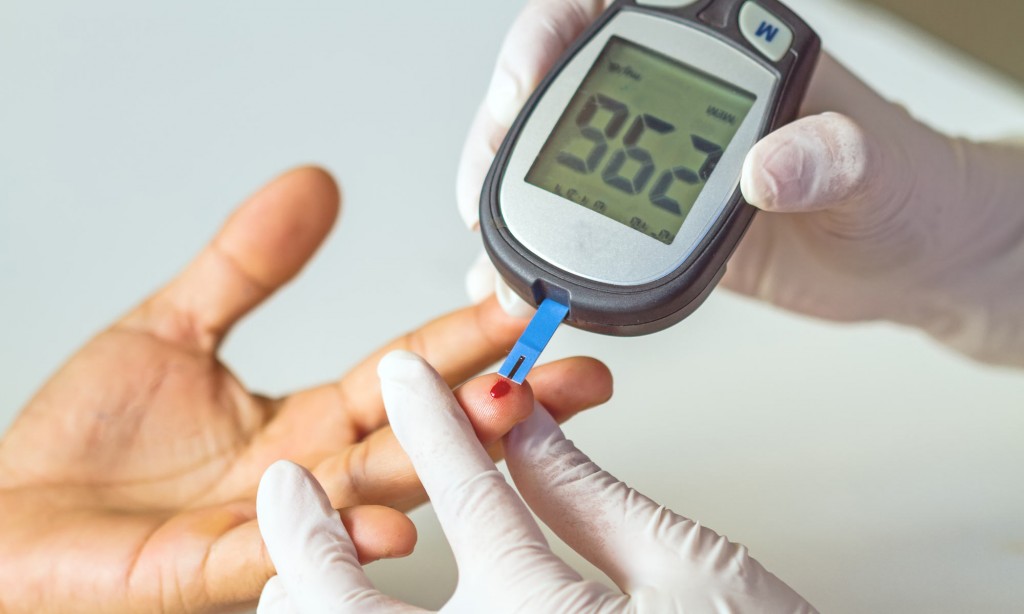
Since red blood cells have a lifespan of about three months, the A1C test measures your average blood sugar for about three months. The test requires gathering only a small amount of blood. The results are measured in a percentage:
Some people may have varied results using the A1C test. This includes pregnant women or people with a special hemoglobin variant that makes the test results inaccurate. Your doctor may suggest alternate diabetes tests in these circumstances.
A plasma glucose test is a measure of how much sugar/glucose you have circulating in your blood. “Random” or “Casual” simply means that you have blood drawn at a laboratory at any time. Whether you have fasted or recently eaten will not affect the test. A plasma glucose test measurement equal to or greater than 200 milligrams per deciliter (mg/dl) indicates that you may have diabetes. To be sure, you will need to have the test results confirmed on another day through another random test, or by taking a fasting plasma glucose test or an oral glucose tolerance test.
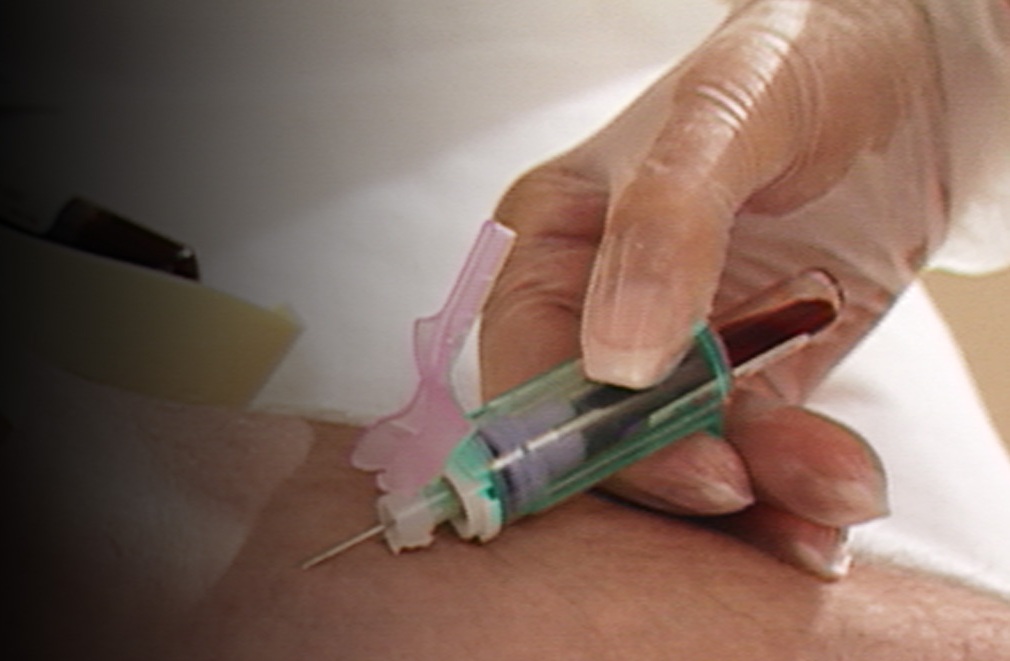
Fasting blood sugar tests involve drawing blood after you have not eaten overnight, usually for 8 to 12 hours. Results less than 100 mg/dL are normal. Results between 100 to 125 mg/dL are considered prediabetes. Results equal to or greater than 126 mg/dL after two tests are considered diagnostic for diabetes.
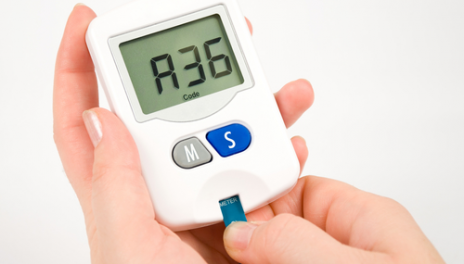
It’s possible for people with diabetes – even those with symptoms – to have a normal fasting plasma glucose test. If you fall into this category, you will again be asked to abstain from food and drink (except water) for 8 hours and then drink a liquid containing a known amount of glucose, usually 75 grams. Your blood is drawn before drinking the glucose mixture and 2 hours later. You will be asked to refrain from eating until the test is completed. This test is called an Oral Glucose Tolerance Test (OGTT). Your fasting plasma glucose normally is:
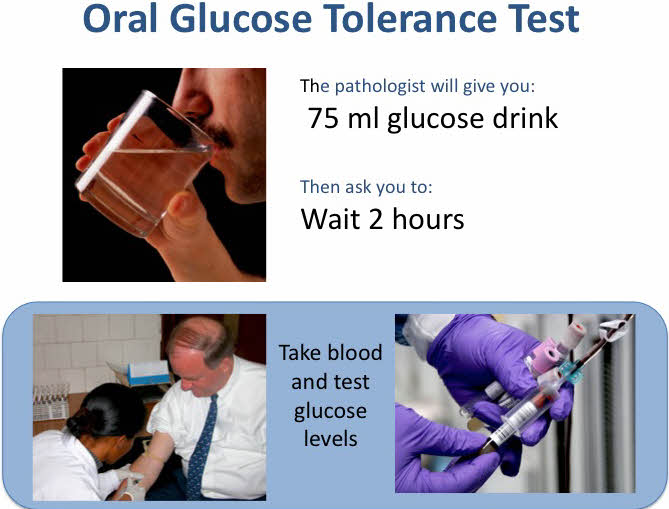
Two hours after the glucose drink your plasma glucose normally is less than 140 mg/dl. Values from 140mg/dl to 199 mg/dl indicate that you have pre-diabetes. You have diabetes if the plasma glucose levels are equal to or greater than 200 mg/dl.
Urine tests aren’t used to diagnose diabetes. Doctors often use them if they think you may have type 1 diabetes. Laboratories can test urine for ketone bodies. The body produces ketone bodies when fat tissue is used for energy instead of blood sugar. If ketone bodies are present in moderate to large amounts in the urine, this could indicate your body is not making enough insulin.
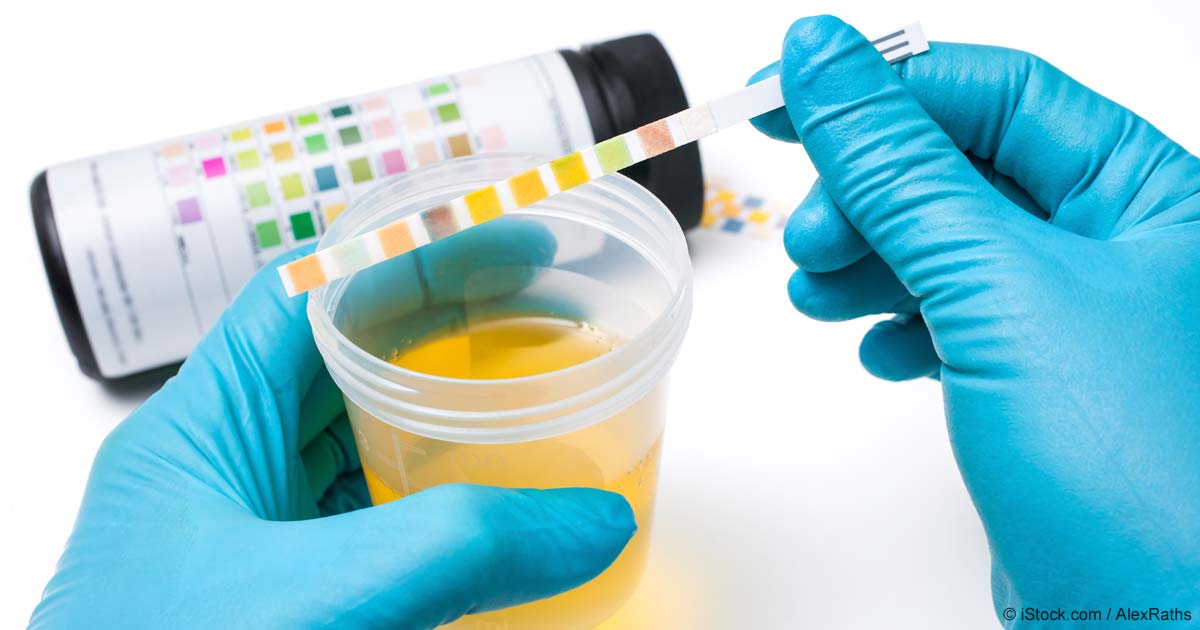
Gestational diabetes can occur when a woman is pregnant. Women are tested early in a pregnancy if they have a family history of gestational diabetes or have had it before. Women who don’t have these risk factors are tested in the second trimester instead.
Doctors may use two different test types to diagnose gestational diabetes. The first is an initial glucose challenge test. This test involves drinking a glucose syrup solution. Blood is drawn after an hour to measure blood sugar levels. A result of 140 mg/dL or less is considered normal. A higher-than-usual reading indicates the need for further testing.
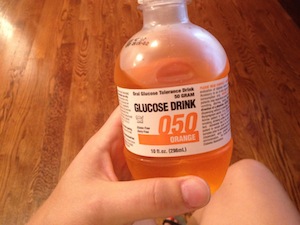
The follow-up glucose tolerance testing involves not eating anything overnight. An initial blood sugar level is measured. The expectant mom will then drink a high-sugar solution. The blood sugar is then checked hourly for three hours. If a woman has two or more higher-than-usual readings, the results indicate gestational diabetes.
The second test involves doing a two-hour glucose tolerance test, similar to the one described above. One out-of-range value would be diagnostic for gestational diabetes using this test.